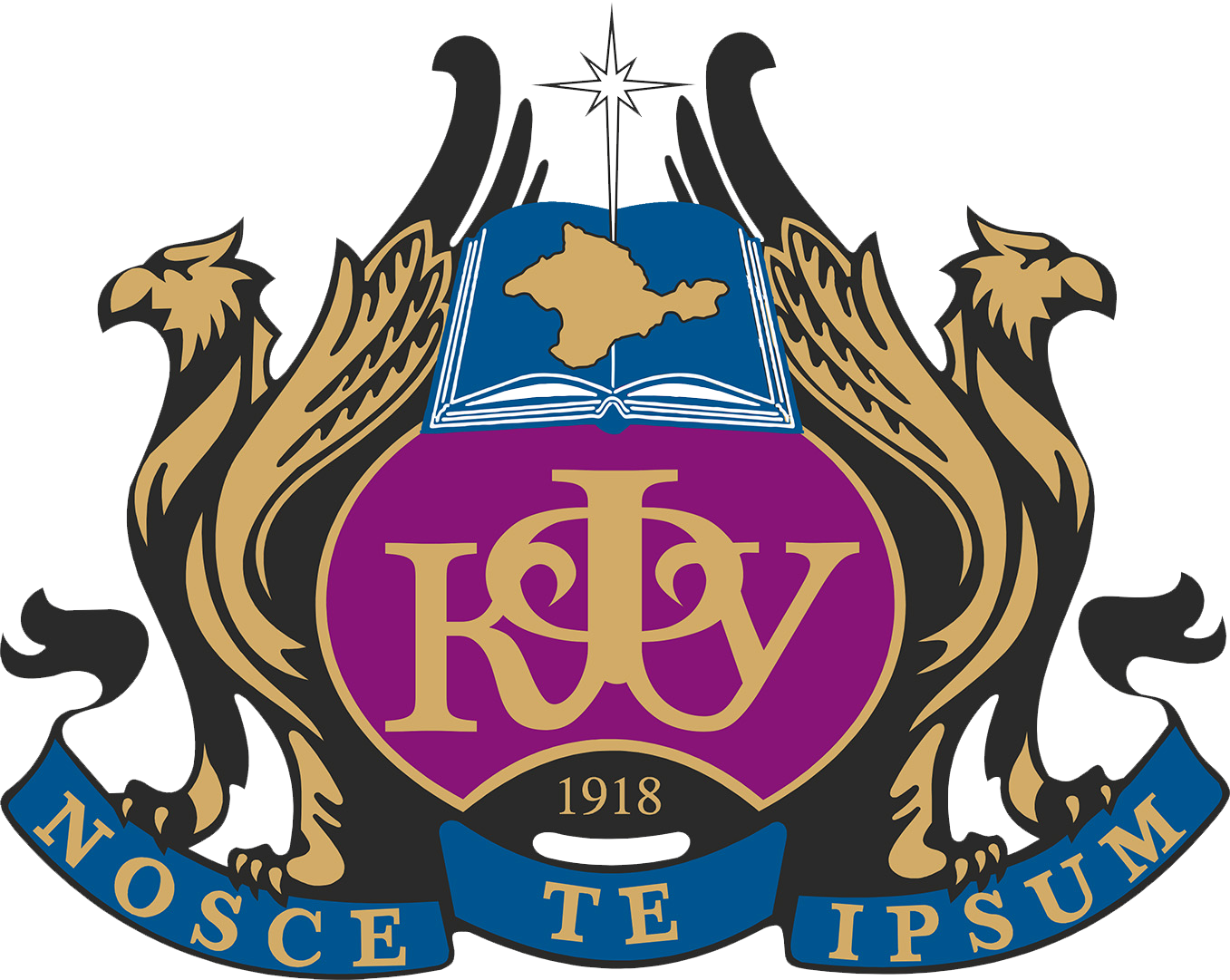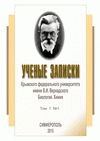Studying the number of animals is one of the most pressing issues in modern ecology and biology. This area is crucial for preserving biodiversity, maintaining ecological balance and preventing species extinction. Changes in animal populations can have a significant impact on the entire ecosystem, so monitoring their numbers helps develop effective strategies for preserving and managing natural resources. In addition, studying the number of animals is important for agriculture, public health and sustainable development. The paper will consider the main methods of counting the number of animals, such as winter route census and aerial census, as well as the reasons for the relevance of this area in modern conditions. In the Republic of Tatarstan, from 2010 to 2023, various methods for counting the number of game species of animals were carried out. One of the most common and simple methods is winter route census (WRC), which allows you to estimate the number of several animal species at the same time. In addition, more modern methods are used, such as aerial census. WRC includes planning counting routes, conducting field work and calculating the number of hunting resources. This method is used in areas of 8 thousand hectares or more. The field work period usually runs from January 15 to March 15 on days with favorable weather conditions and snow cover Aerial census is a more modern method that allows for a quick and effective assessment of animal numbers over large areas. It is especially useful for species that are difficult to detect using ground-based methods Over the past 13 years, Tatarstan has seen a significant increase in the resources of the mountain hare, brown hare, marten, lynx, elk, roe deer, polecat and wood grouse. The resources of squirrel, fox, wild boar, corsac fox and partridge have decreased somewhat. The paper examines the factors that influence the dynamics of game animal populations in the Republic of Tatarstan. There are several key trends in the number of hunting resources over the analyzed period (2010-2023): 1. Increase in the number of some species – Brown hare: The number increased from 29.74 thousand heads in 2010 to 36.65 thousand in 2023. This may indicate successful reproduction and favorable living conditions. – Black grouse: Showed a significant increase in numbers, starting from 57.7 thousand heads in 2010, reaching a peak in 2022 (140.43 thousand heads), before decreasing slightly to 113.94 thousand in 2023. 2. Stability in the number of some species – Marten: The number remained relatively stable, fluctuating in the range from 2.34 to 2.93 thousand heads. — Elk: Gradual increase in numbers from 5.52 thousand heads in 2010 to 15.7 thousand in 2023. 3. Decline in numbers of individual species – Mountain hare: A slight decrease is observed from 9.91 thousand in 2010 to 9.35 thousand in 2023, although with fluctuations. – Wild boar: Showed fluctuations in numbers, but fell to 0.57 thousand heads in 2023 after a peak in 2018 (7.58 thousand heads). – Wolf and corsac fox: The number of wolves has dropped to zero in recent years, and only isolated cases of corsac foxes are observed. 4. Seasonal fluctuations and abrupt changes – The number of partridges and other birds shows abrupt changes, which may indicate a strong influence of seasonal factors and changes in habitat conditions. Our analysis of game animal populations in Tatarstan shows positive dynamics for most species. This speaks to the effectiveness of measures to protect wildlife and regulate hunting in the region. The growth in the number of elk, roe deer and other ungulates, as well as the successful introduction of new species such as maral and sika deer, all testify to the healthy state of the republic’s ecosystems.
Hunting species, abundance, wild forest reserves, introduction, biological resources, population dynamics
1. Kondratenkov I. A. Opredelenie ekologicheskoy plotnosti nekotoryh vidov ohotnich'ih zhivotnyh po dannym zimnih marshrutnyh uchetov. / Kondratenkov I. A., Oparin M. L., Oparina O. S.
2. Futoran P. A. Organizaciya, provedenie i rezul'taty ucheta teterevinyh ptic v nacional'nyh parkah «Kenozerskiy» i «Onezhskoe Pomor'e» v 2017–2020 gg / P. A. Futoran, A. V. Bragin
3. Es'kov E. K. Organizaciya aviaucheta ohotnich'ih zhivotnyh s ispol'zovaniem pilotiruemyh i bespilotnyh aviacionnyh kompleksov/E. K. Es'kov, O. A. Grekov // Vestnik ohotovedeniya. – 2018.
4. Sicko A. A. O novyh metodikah ucheta ohotnich'ih resursov / A. A. Sicko // Vestnik ohotovedeniya. – 2022. – T. 19, № 2. – S. 120–125. – EDN TAPEES
5. Dinamika chislennosti ohotnich'ih resursov / [Elektronnyy resurs] // Gosudarstvennyy komitet Respubliki Tatarstan po biologicheskim resursam : [sayt]. – URL: https://ojm.tatarstan.ru
6. Yarmiev I. Z. Mnogoletnie izmeneniya i raspredelenie resursov osnovnyh vidov ohotnich'ih zhivotnyh Respubliki Tatarstan / Yarmiev I. Z., Rahimov I. I., Mavlyudova L. U. [Tekst]
7. Yarmiev I. Z. Ocenka sostoyaniya i dinamiki chislennosti kosuli sibirskoy na territorii Respubliki Tatarstan / Yarmiev I. Z., Rahimov I. I., Kamahina R. S. // ELS. – 2023.
8. Yarmiev I. Z. Ohrana altayskogo marala i upravlenie populyaciey v Respublike Tatarstan: analiz i perspektivy / I. Z. Yarmiev, I. I. Rahimov // Ekologicheskiy vestnik Severnogo Kavkaza. – 2024.
9. Batkov F. S. V Tatarstane poyavilis' dva novyh vida ohotnich'ih zhivotnyh / Batkov F. S. [Elektronnyy resurs] // TATAR inform : [sayt].
10. Trutnev M. Yu. Prikaz Ministerstva prirodnyh resursov i ekologii Rossiyskoy Federacii ot 19 avgusta 2009 g. N 253 g. Moskva" Ob utverzhdenii Polozheniya o gosudarstvennom prirodnom zakaznike
11. Batkov F. S. V Tatarstane za pyat' let kolichestvo vydavaemyh razresheniy na ohotu uvelichilos' na 32 % / Batkov F. S. [Elektronnyy resurs] // Gosudarstvennyy komitet Respubliki Tatarstan
12. Leont'ev V. V. Ekologicheskie tendencii izmeneniya bioraznoobraziya chlenistonogih na severo-vostoke Respubliki Tatarstan / Leont'ev V. V. // Vestnik Chelyabinskogo gosudarstvennogo
13. Rahimov I. I. Samye redkie vidy zhivotnyh Tatarstana: kakie uzhe ischezli, a kakie na grani vymiraniya? / Rahimov I. I. [Elektronnyy resurs] // DZEN : [sayt].
14. Batkov F. S. Batkov rasskazal, kuda delis' tatarstanskie volki / Batkov F. S. [Elektronnyy resurs] // BEZFormata : [sayt].
15. Ukaz Raisa RT № UP-567 ot 26.07.2024 goda «Ob utverzhdenii limita dobychi ohotnich'ih resursov na territorii Respubliki Tatarstan na period s 1 avgusta 2024 goda do 1 avgusta 2025 goda»
16. D'yakonov E. A. Racional'noe ispol'zovanie ohotnich'ih resursov / D'yakonov E. A. // Vestnik nauki. – 2024. – №6 (75).
17. Batkov F. S. «Ohotnich'i resursy – eto narodnoe dostoyanie» / Batkov F. S. [Elektronnyy resurs] // KAZANFIRST : [sayt]. – URL: https://kazanfirst.ru/articles/591488 (data obrascheniya: 06.12.2024).
18. Batkov F. S. «Sozdayutsya tenevye organizacii»: v kabmine RT ocenili uron ot brakon'erstva / Batkov F. S. [Elektronnyy resurs] // BIZNES Online : [sayt].
19. Nizameev B. Prezident Tatarstana: V delo bor'by s brakon'erami sleduet aktivnee vovlekat' grazhdanskoe obschestvo / Nizameev B. [Elektronnyy resurs] // Oficial'nyy Tatarstan : [sayt].





